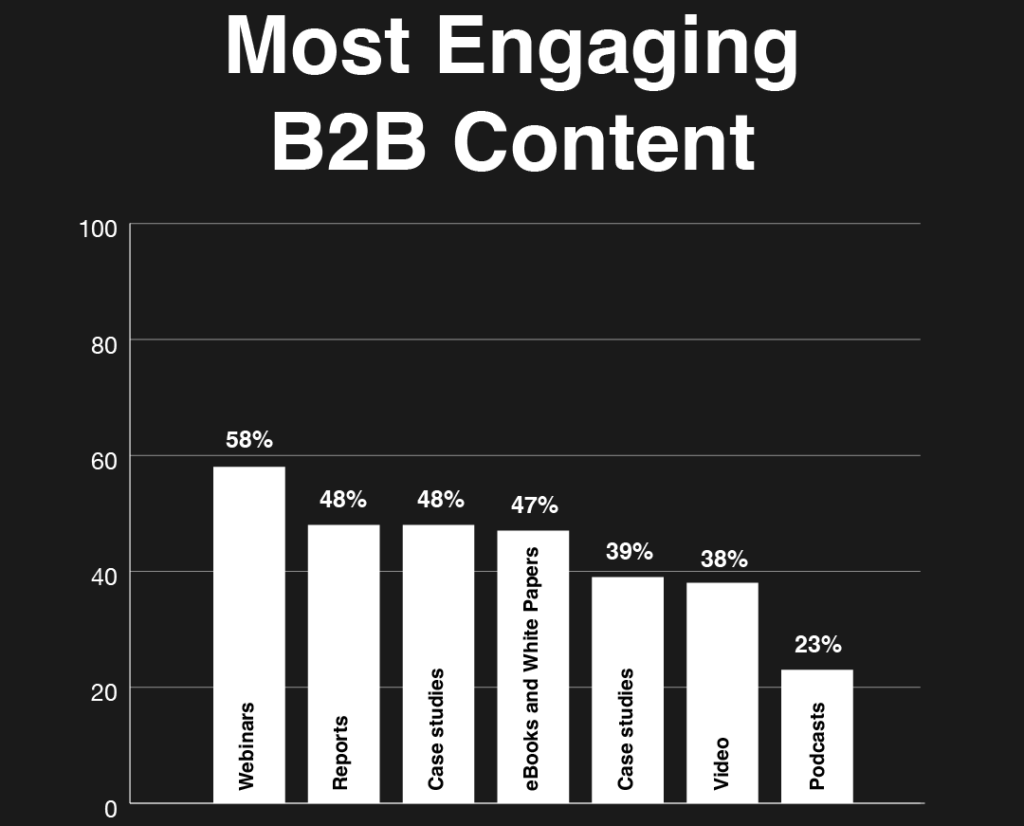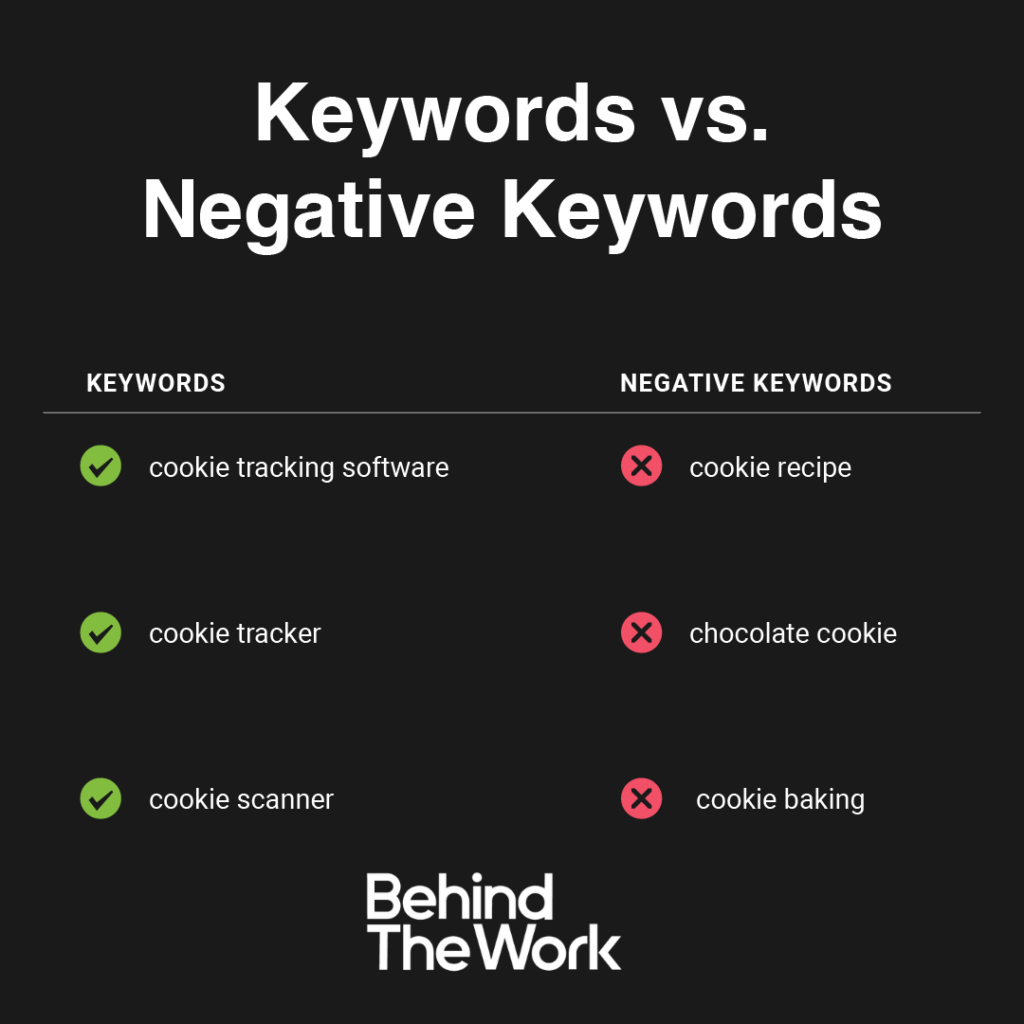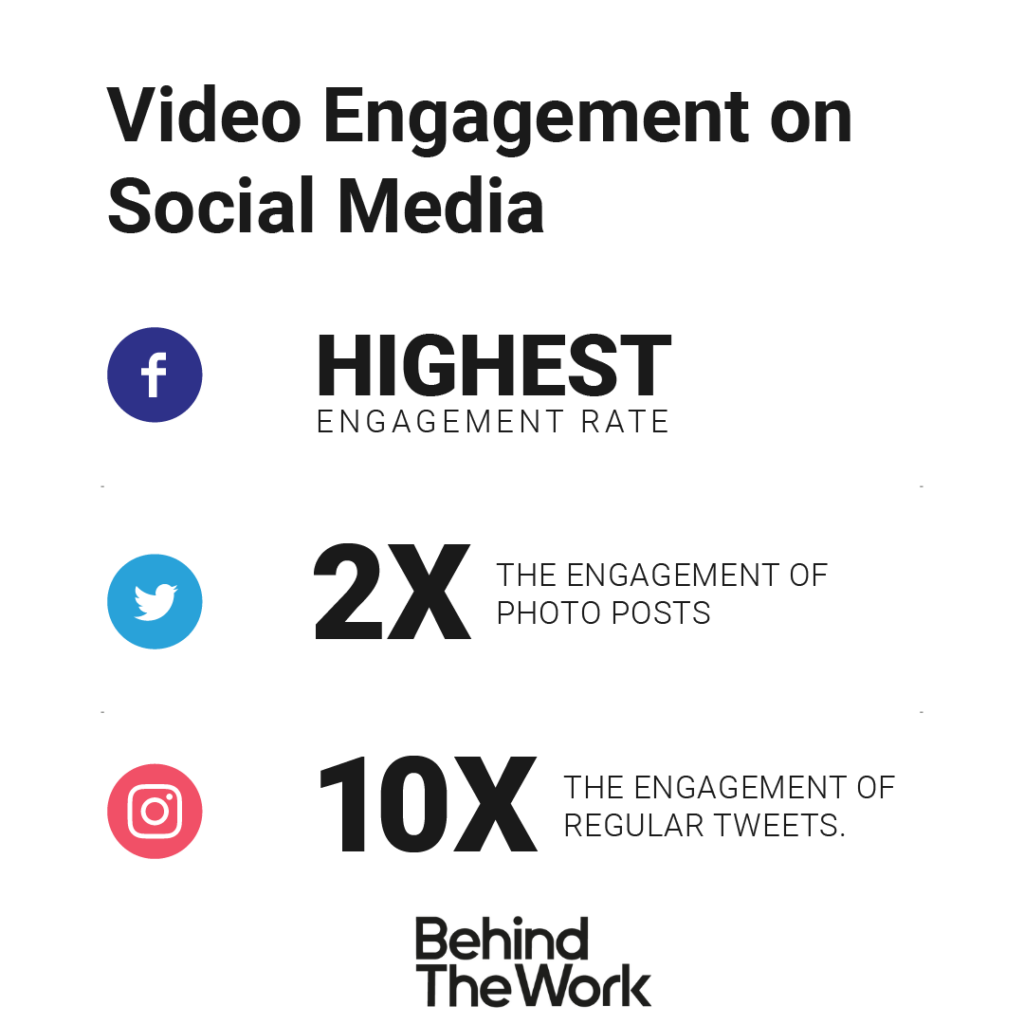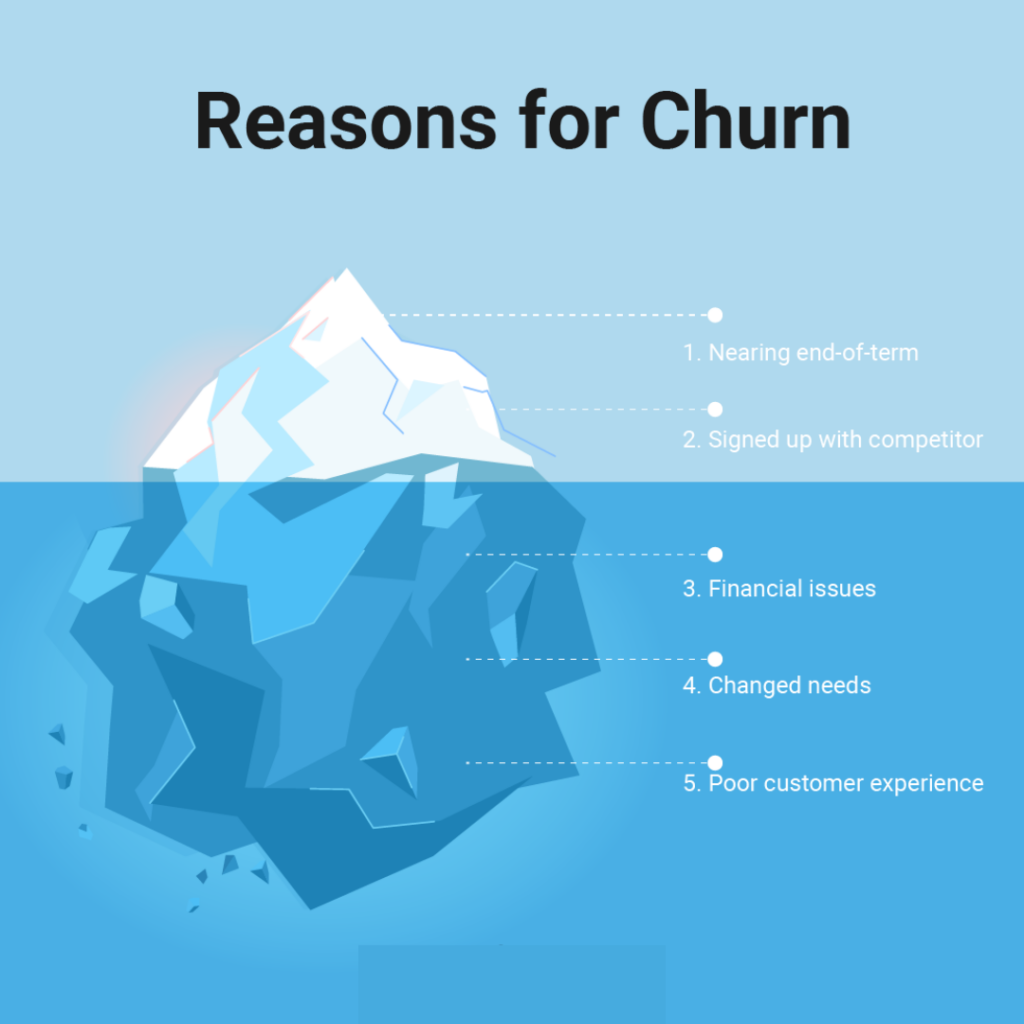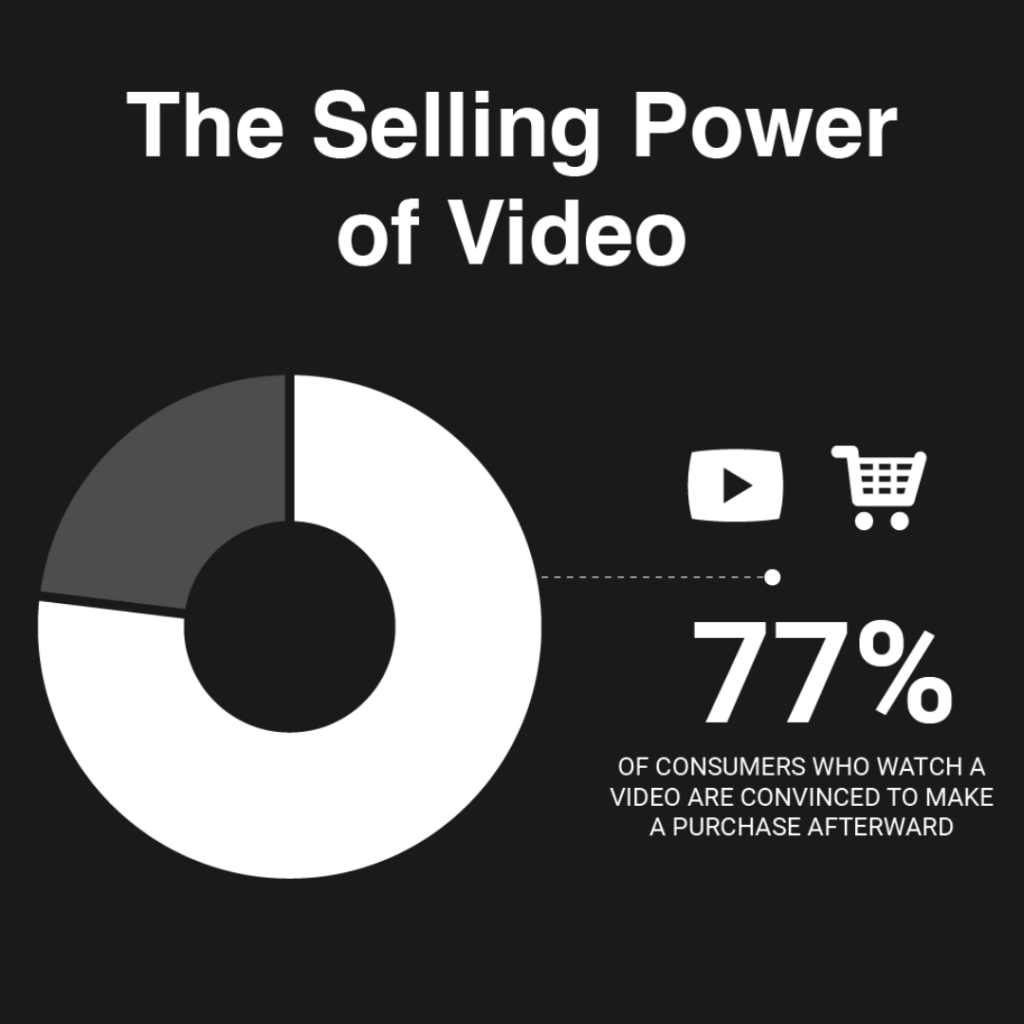This time of year is full of wonder.
But it’s also been an incredibly tough year for business owners and their marketers. Between inflation, supply chain issues, labor shortages, and recession fears, growing a business over the past few years has been challenging.
Although navigating choppy economic waters is no easy task… there are concrete marketing strategies business owners can use to grow their businesses despite obstacles.
This is where the big guy in red comes in.
Santa Claus is more than just a festive figure. He is a symbol of joy, generosity, and the magic of the holiday season.
So, how does Santa manage to capture the hearts of people worldwide?
The answer lies in some powerful marketing tactics. We’ll refer to these tactics as Santa’s Marketing Magic because this timeless strategy has made Santa the ultimate brand ambassador for goodwill and consumerism.
Last year, the US spent a staggering $936.3 billion on Christmas, a $47 million increase from 2021 and underscoring Santa’s significant influence on spending.
So, let’s unwrap the secrets behind Santa’s marketing success and discover how his proven strategies can inspire your brand to sleigh the competition in today’s complex economy.
A Little History Lesson For You About The Big Guy
To understand Santa’s marketing prowess, let’s take a sleigh ride back in time – waaay back – for a little history lesson about the big guy himself.
Santa Claus traces his origins to the early 4th century. Then he was known as St. Nicholas, a monk living in part of the Roman Empire (now modern-day Turkey). St. Nicholas was a trust fund baby, and when his parents died, he inherited a small fortune. But he didn’t have any personal use for it, so he began to donate it to people who needed it more than he did.
The story of St. Nicholas’ generosity quickly circulated, and like any good story, it grew with each telling.
One story in particular lives in infamy.
A down-on-his-luck farmer was struggling to raise dowries for his three daughters. If he didn’t come up with the money fast, he was going to have to sell the girls into slavery. When St. Nicholas caught wind of the situation, he knew he had to help.
Under cover of the night, he went to the family’s house and chucked a bag of gold through an open window. He did this three nights in a row giving each daughter a sizable dowry.
And so the legend began.
The Commercialization of Santa
By the end of the 19th century, now known as Santa Claus, St. Nicholas (his legend anyway) had made it to America. Once a saintly monk, Santa was now a rotund, rosy-cheeked, jolly man who traveled through the sky in a sleigh pulled by flying reindeer. This was thanks to a combination of Clement Clarke Moore’s A Night Before Christmas and Civil War-era political cartoonist Thomas Nast.
From there, it didn’t take long for him to become commercialized by department stores looking to attract both kids and parents. Specifically, a dry goods store owner went by the name Colonel Jim. Whether Colonel was an official title is unclear. Nonetheless, Colonel Jim changed the game forever when he dressed up as Santa in hopes of attracting people to his store. Now, there’s no doubt of seeing Santa in every mall across the country during the holiday season, and that’s all thanks to maybe war veteran Colonel Jim.
Of course, we can’t talk about the commercialization of Santa without mentioning Coca-Cola. They have some of the most iconic Santa imagery ever to be created. It’s a common misconception that Coca-Cola created the Santa we know today, which is just another example of marketing genius that deserves its own post.
Over the centuries, the iconic persona of Santa Claus has been used to promote everything from movies to candy brands to the US Military.
Not to be Scrooge, But People Aren’t in a Spending Mood
Without sugar plum coating it, times are tough.
According to a 2023 report on consumerism, Americans are feeling the pinch. So much so that 63% of respondents say they’re tightening their budgets because of inflation and other recession indicators.
Here’s a snapshot of how people are feeling about the current state of things:
- 64% of consumers think the US is currently in a recession
- Half of all US adults have taken steps to plan or prepare for a recession
- 42% believe it will last for over a year
However, this isn’t Santa’s first rodeo with a recession. Let’s explore how Santa’s clever and resourceful marketing strategies have helped him weather economic storms.
How to Protect Your Company from the Grinch of Recession
When facing the Grinch that is a recession, remember you don’t have to go it alone. One of the most effective strategies for business owners as they navigate difficult times is to get expert support.
Here are a few reasons why relying on professionals can be a game-changer:
- Expertise: Professionals bring industry knowledge and experience
- Efficiency: Save time and resources, allowing you to focus on core business activities
- Adaptability: Swiftly respond to changing market conditions with expert guidance
- Resource Allocation: Allocate resources strategically and maintain cost efficiency
- Scalability: Adjust marketing efforts as needed, providing flexibility
Outsourcing your marketing efforts to highly skilled professionals ensures that your business remains agile, competitive, and visible.
Why Santa’s Marketing Works Like Magic
Santa’s remarkable success, even during recessions and economic downturns, comes down to consistency and his customer-centric approach.
Consistency is key. Santa has maintained a steadfast brand and message throughout generations, building trust and reliability.
A customer-centric approach also sets Santa apart. He intimately knows his customers’ wishes, tailoring gifts and fostering loyalty and nostalgia.
Let’s take a sleigh ride into how you can work your own Christmas miracles and build a brand that endures, reaches your target audience effectively, and engages them on a deeper level.
How to Work Christmas Miracles: Implementing Santa’s Marketing Magic
He Knows You Better Than You Know Yourself
He knows when you’re sleeping. He knows when you’re awake. He even knows if you’ve been bad or good. That’s one of the greatest appeals of Santa. He makes it his mission to make your dreams come true. And he does it by intimately knowing you, aka his target audience.
You too, can use this in your marketing strategy.
Of course, you can’t know your target audience as well as Santa knows his. But with the right research, you can get pretty dang close.
- First: Analyze existing customer data, like demographics, purchase history, and interactions with your brand.
- Then: Look for patterns and similarities in the data to identify key demographic information like age, gender, location, and job role. Also, look for common interests, hobbies, values, and lifestyle choices.
- Finally: With your newly gathered insights, you can create detailed profiles for each persona, giving them names, specific details, and visual representations.
Remember, it’s important to regularly review and update your personas to reflect changes in your target audience, market trends, or shifts in your business strategy.
Building a Timeless Brand
Santa Claus has not only become synonymous with Christmas but has also crafted a brand that stands the test of time. His image evokes feelings of warmth, generosity, and the spirit of giving. This branding success is rooted in the consistent messaging and imagery associated with him. From the red suit to the white beard, each element reinforces the brand, creating a powerful and recognizable icon.
You can also create consistent brand-building, just like the big guy.
- First: Create and regularly update detailed brand guidelines that include messaging, visual elements, tone of voice, and other brand attributes. It’s important to make sure to regularly communicate these guidelines to your team.
- Then: Collaborate openly between marketing, design, sales, and other relevant departments.
- Finally: Create a centralized brand asset library with approved logos, images, fonts, and other brand assets. And create a content calendar to keep everyone across departments on the same page.
By following these steps, you can create and maintain a brand that endures the test of time, just like Santa’s.
Spreading Joy Across Channels
Santa is not limited to the North Pole; he’s omnipresent in our lives, thanks to a clever multichannel marketing strategy. From movies and TV shows to parades, shopping malls, and even letters. Santa has strategically positioned himself in various channels to ensure maximum exposure. This omnipresence ensures that the magic of Santa is not confined to a specific medium but permeates every aspect of our lives during the holiday season.
Like Santa, you can do this too.
- First: Identify your target audience and build personas.
- Then: Decide which channels you want to be on. Blog? Email? Social media? Which ones?
- Finally: Develop a consistent brand message that can be adapted for each channel.
It’s important to regularly analyze the performance of each channel and adjust your strategy accordingly.
Harnessing the Power of Storytelling
What sets Santa apart is not just his image but the enchanting stories that accompany him. The tales of his magical workshop, flying reindeer, and global gift-giving spree add layers to the Santa brand. The reason this works so well is that people are more likely to remember something when stories and emotions are involved. And brands need to be remembered.
Marketers can take a page from Santa’s book of mastery storytelling.
- First: Define a compelling brand narrative that incorporates your mission, values, and unique selling proposition.
- Then: Create compelling characters, whether they are customer personas, employees, or even the brand itself. This will help you humanize your brand.
- Finally: Develop a story arc with a clear beginning, middle, and end.
With the current adoption rate of AI technologies, the warmth and the humanity behind marketing are becoming even more important. And people are craving it.
Research shows that 64% of people want brands to connect with them. 76% of people go so far as to say they’ll choose the brand they connect with over a competitor. This connection can be achieved with powerful storytelling.
Engaging with the Naughty and Nice List
Santa’s infamous “Naughty and Nice List” is a stroke of marketing genius. It engages the audience in a playful and interactive way, creating anticipation and excitement.
The concept of leaving milk and cookies out for Santa is another clever marketing tactic. It’s just one more way to encourage interactive participation and engage the audience.
Brands can take inspiration from this concept too.
By incorporating gamification and interactive elements into their marketing campaigns, you encourage audience participation and create memorable experiences.
- First: Select a game mechanic that aligns with your campaign objectives and resonates with your audience. Some ideas include challenges, quizzes, competitions, or reward-based systems.
- Then: Provide incentives or rewards for participation. This could be discounts, exclusive access to content, or entry into a sweepstakes.
- Finally: Track and analyze user data like user interactions, behaviors, and preferences. This data will give you insights into the effectiveness of your gamification strategy and help refine future campaigns.
By infusing gamification into your marketing, you can create engaging, memorable experiences for your audience.
Master Santa’s Marketing Magic With Behind The Work
The principles behind Santa’s Marketing Magic continue to captivate hearts and wallets worldwide.
But don’t fret if implementing these strategies seems like more than you can handle. Just as Santa relies on his team of elves, the Behind The Work team is ready to be your marketing partner and help your business thrive.
We’ll provide a tailored marketing strategy to suit your unique needs and goals. Whether you need to build or refine your brand, expand your presence across various channels, or create compelling storytelling, we’ve got you covered.
So, this holiday season, if you want to grow your business and spread joy to your customers, Reach out to Behind The Work. Let’s jingle all the way to success.

 Contributed by Nikki & Mandi
Contributed by Nikki & Mandi
